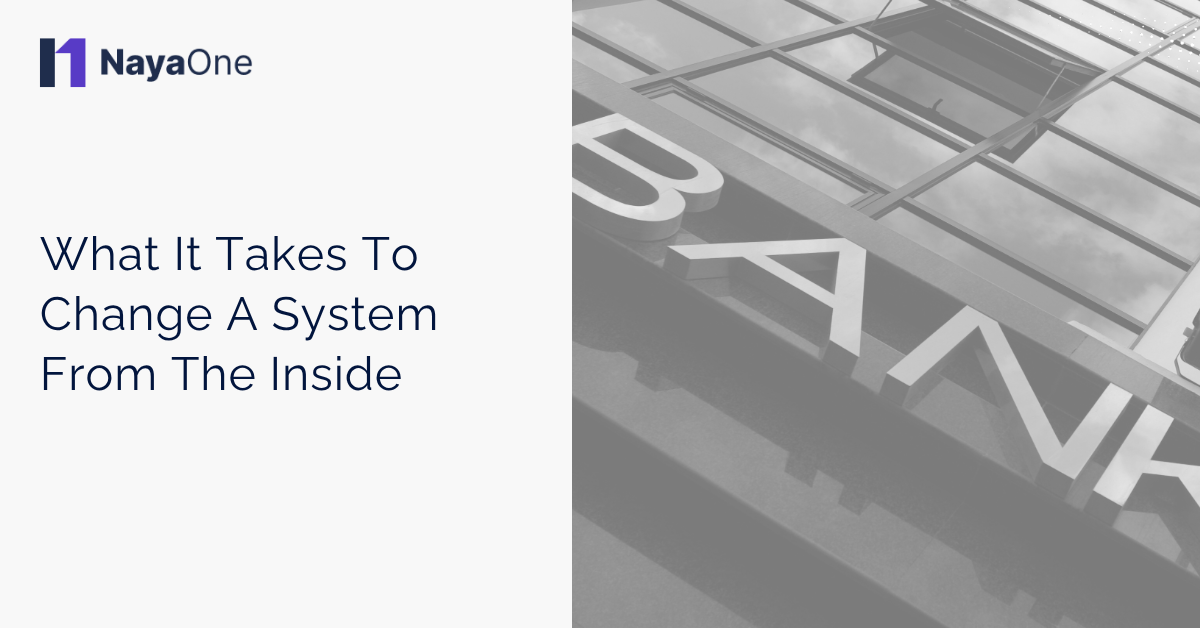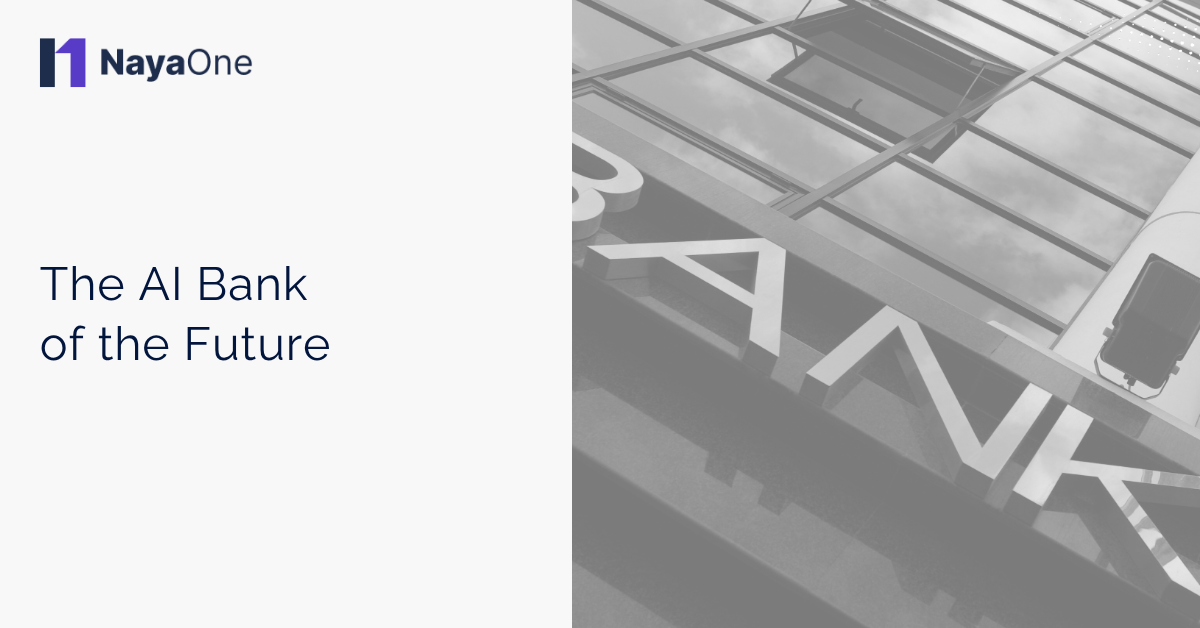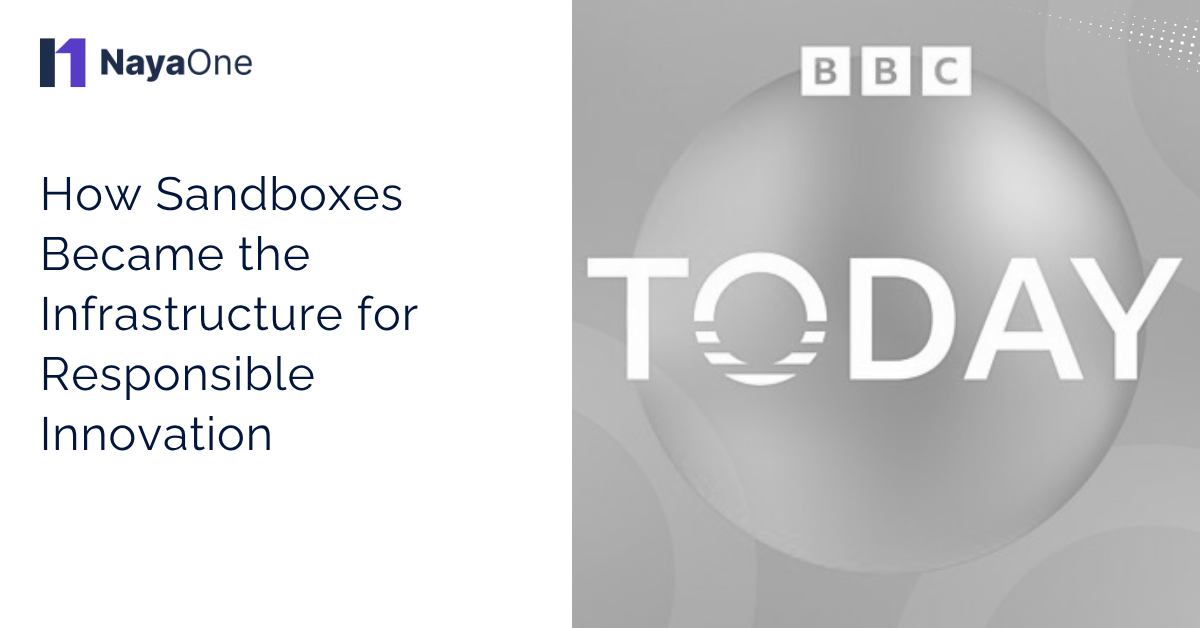AI is moving from experimentation to enterprise infrastructure - and with it, the stakes have risen. The NIST AI Risk Management Framework (AI RMF) is more than guidance. It is a structured method for deploying AI responsibly, at speed, and with trust intact.
In an environment where 70% of digital transformation initiatives fail due to integration challenges (Forrester, 2024) and AI promises 30–50% efficiency gains (McKinsey, 2024), leadership cannot afford ungoverned adoption. The AI RMF provides the scaffolding to capture upside without triggering compliance, reputational, or operational failure.
Why AI Risk Is A Leadership Issue
AI is not a discrete technology upgrade - it is a capability that will reshape customer experience, operating models, and competitive positioning across sectors.
The upside is real: automation at scale, hyper-personalisation, and rapid decision-making. So is the exposure:
- Compliance and legal risk – regulatory scrutiny is increasing, with the EU AI Act and similar regimes
- Trust erosion – a single biased or opaque model can undermine years of brand equity.
- Operational disruption – ungoverned AI can create brittle dependencies and hidden liabilities.
By 2026, Gartner projects 50% of C-suite leaders will have AI risk oversight embedded in their KPIs. Waiting until legal or IT intervenes mid-deployment is costly. The AI RMF creates the shared playbook to align innovation teams, compliance, and leadership from day one.
Enterprises that move fastest assign
a leader to own AI risk from day one.
What the NIST AI RMF Provides
The AI RMF structures AI adoption around two pillars:
- Principles of Trustworthy AI - transparency, fairness, accountability, reliability, safety.
- Core Functions - Govern, Map, Measure, Manage.
This is not a static checklist. It is an adaptive cycle that allows leaders to interrogate critical questions before, during, and after deployment: Is the model explainable enough to satisfy regulators and stakeholders? What specific risks (bias, drift, security) exist and how will they be mitigated? What indicators determine when a model is production-ready?
The Four Core Functions In Practice
| Function | Objective | Example Executive Actions |
|---|---|---|
| Govern | Define accountability, policies, and escalation paths for AI risk. | Assign executive sponsor; integrate into risk committee agendas. |
| Map | Catalogue AI use cases, datasets, dependencies, and potential failure points. | Maintain a live inventory of AI systems across business units. |
| Measure | Quantify performance, bias, and robustness against business and compliance KPIs. | Track model accuracy, fairness metrics, and audit readiness. |
| Manage | Operationalise controls, monitor post-deployment, and iterate. | Deploy monitoring dashboards; trigger retraining based on drift thresholds. |
Enterprises adopting this discipline have reported 25% higher AI deployment success rates (McKinsey, 2024) and 30 – 40% reductions in audit preparation time (PwC, 2024).
Why The NIST AI Framework Is Different
Unlike risk models that lag technology shifts, the AI RMF is:
- Adaptive - accommodates emerging modalities from LLMs to autonomous agents.
- Globally Aligned- interoperable with frameworks like the EU AI Act and ISO standards.
- Proven – used to accelerate deployments in sectors from retail to financial services, while reducing complaince friction.
Your Execution Blueprint
- Align Leadership on Principles – Brief the board and executives on AI RMF foundations.
- Inventory Current AI Landscape – Identify active use cases, high-risk areas, and governance gaps
- Pilot the Framework – Apply Govern-Map-Measure-Manage to a single, high-impact use case.
- Institutionalise the Process – Embed AI RMF checkpoints in vendor selection, onboarding, and product development cycles.
Leading in an AI-First Economy
The AI RMF is not a brake on innovation. It is the mechanism to scale AI with confidence.
NayaOne’s Vendor Delivery Infrastructure enables enterprises to apply AI RMF standards before onboarding - discovering, evaluating, and validating AI vendors in secure, compliant environments.
By proving capabilities early, enterprises cut delivery risk, accelerate decision-making, and bring only the right vendors forward to production.
The market will not wait. The competitive window for responsible AI adoption is measured in months, not years. The leaders will be those who deploy fast, under control, and with trust built in.






